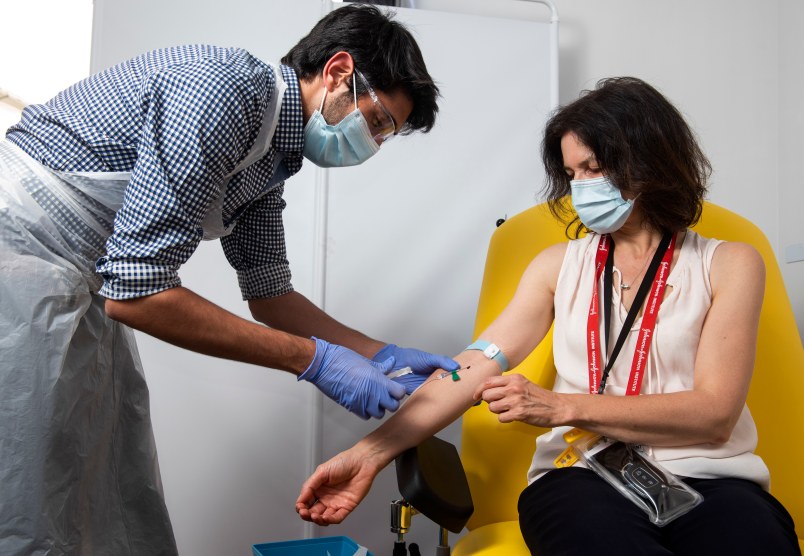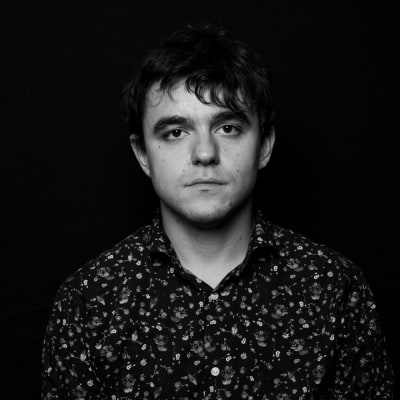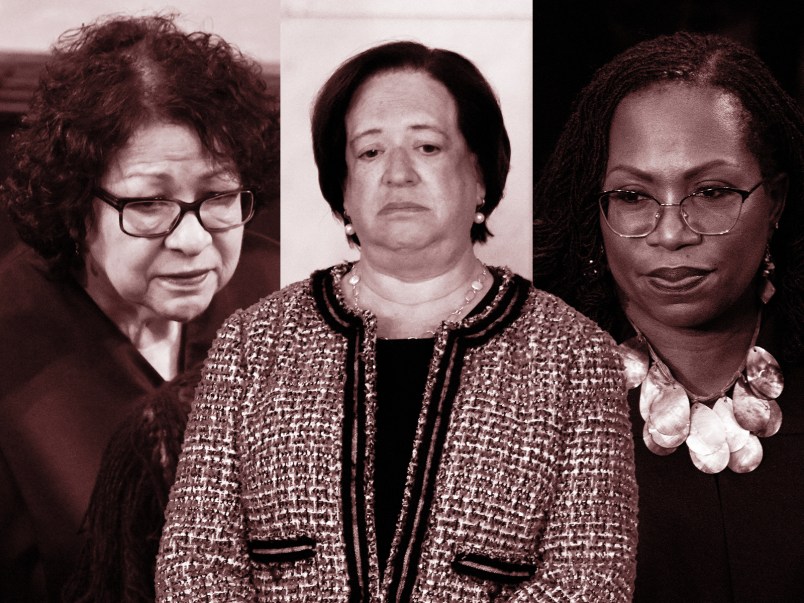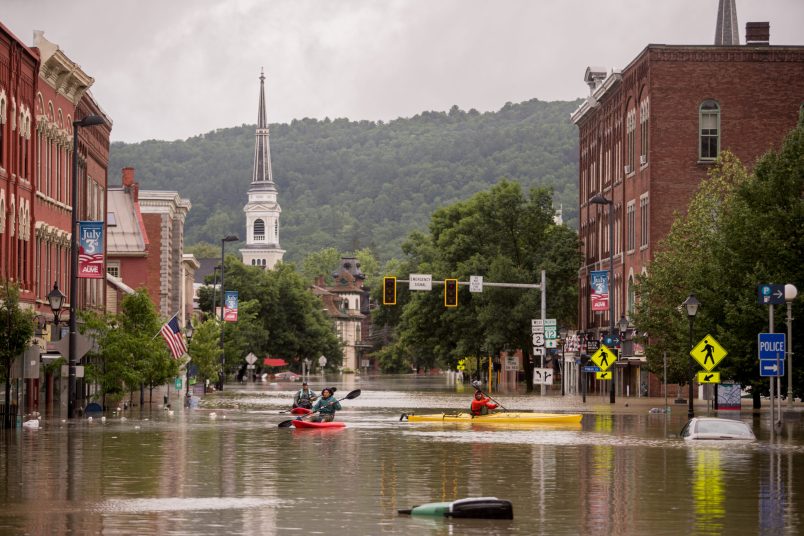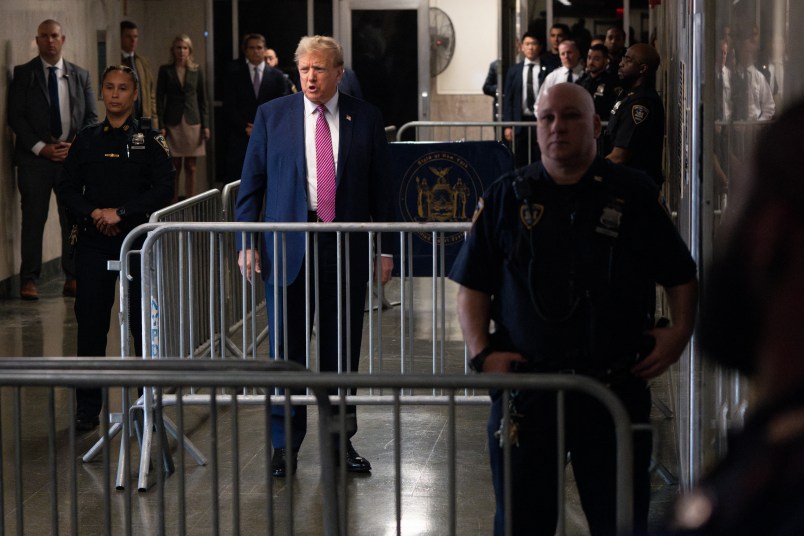The coming first wave of vaccinations will offer protection to limited groups of people.
But, importantly, that doesn’t mean the virus itself will stop spreading anytime soon.
Outside of a few small, isolated communities that have been vaccinated or received immunity from the virus itself, the first waves of vaccine will not reduce the burden of massive community spread in the United States, epidemiologists told TPM.
Rather, they’ll do what they’re designed to do: drastically reduce the number of people who get seriously ill or die of COVID-19.
The Centers for Disease Control committee responsible for vaccine policy decided on Tuesday that the first doses of the vaccine should go to frontline health care workers and nursing home residents.
“These are the victims of transmission, rather than the drivers,” Josh Michaud, an epidemiologist at the Kaiser Family Foundation, told TPM. “It’s the young adult population that are the primary drivers of transmission in communities.”
This could lead to a counterintuitive scenario in the spring in which case rates of the virus remain high even as the death rate drops as the most vulnerable in society are vaccinated but others begin to give up on social distancing prematurely.
The debate over ethical distribution continues to rage in the public health and medical communities, as the states and local governments tasked with organizing the vaccine rollout say they need billions from Congress to do the job effectively.
Underlying this reality is a lack of information on whether the vaccines themselves only prevent the disease, or also prevent the virus from being able to use the inoculated as a vector.
The measles vaccine manages to both prevent those who receive it from falling ill and neutralizes them as potential vectors for the virus.
But whether that’s the case for the COVID-19 vaccines remains unclear.
Mike Ryan, the WHO’s director of the health emergencies program, said at a Wednesday briefing that the vaccine’s introduction won’t end the spread of COVID-19.
He added that, absent further data on the vaccine itself, “I don’t think anyone can promise eradication of this virus until we understand much more about the vaccine and about how the vaccines work in the real world and until we understand much more about the details of transmission of this virus.” He advocated for a “surgical” approach that would focus on specific communities hit by the virus.
Two public health specialists, Daniel Teres and Martin Strosberg, outlined one such approach in the medical news website Stat on Thursday. Vaccinations should “target several hot zones with high numbers of Covid-19 cases, especially those zones with rising Covid-19 hospitalization rates,” the authors wrote. That, they argued, would defeat the virus in the hardest-hit areas, while providing useful data on how the vaccine effects spread and how quickly it “breaks the local epidemic.”
But even under such a scenario, the authors wrote, the timeframe would be one of “months,” during which many would die.
“Its hard to imagine how this would interrupt community transmission,” Michaud said, referring to the first few weeks and months of the vaccination campaign. “Nursing homes — they’re the recipient of community transmission, rather than the source.”
The Advisory Committee on Immunization Practices, the CDC committee responsible for recommending how vaccines are to be used, said on Tuesday that it was focusing on nursing homes in part to reduce the virus’s mortality rate.
And success in preventing disease will certainly be a huge victory.
The country, for example, has faced a national health care staff shortage during this phase of the pandemic.
That’s led to grim decisions. In the Dakotas, for instance, nurses’ hourly rates have skyrocketed as North Dakota began to allow COVID-19-positive health staff to stay at work. One CDC study from July found that during the first wave of the pandemic in March and April, health-care workers filed to show up for work for health-related reasons at rates far above that of the general population.
The COVID-19 vaccine could go a long way towards alleviating that problem, preventing the spread of serious disease among those fighting the virus.
But it remains to be seen how effective the shot will be in halting the spread of the virus itself.





